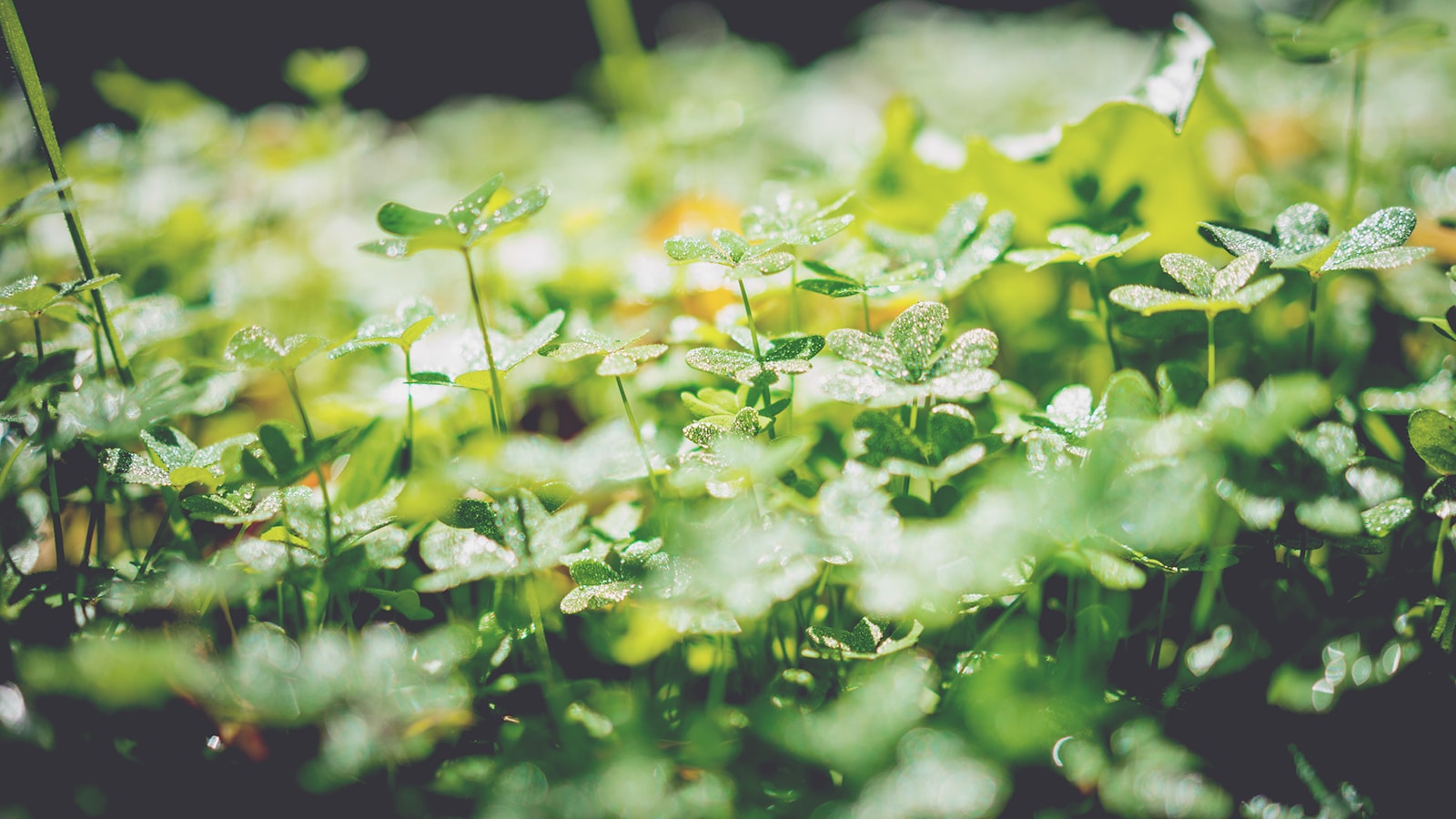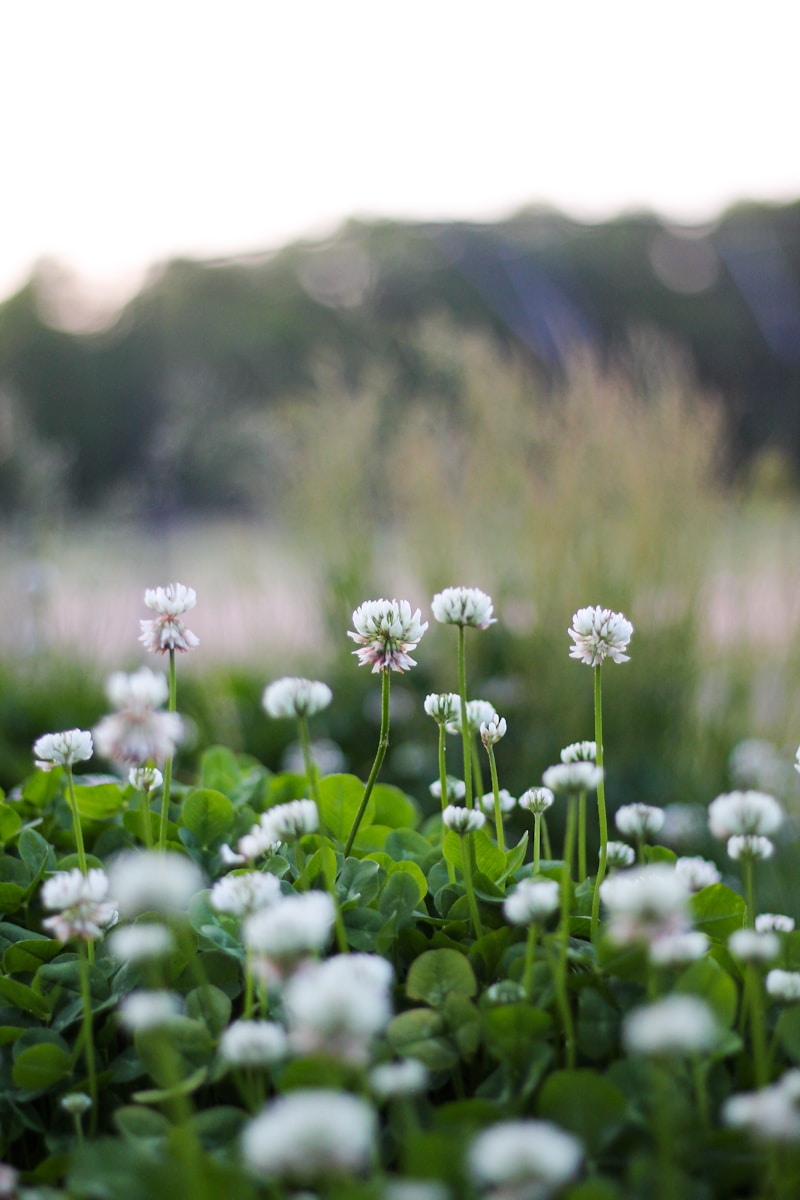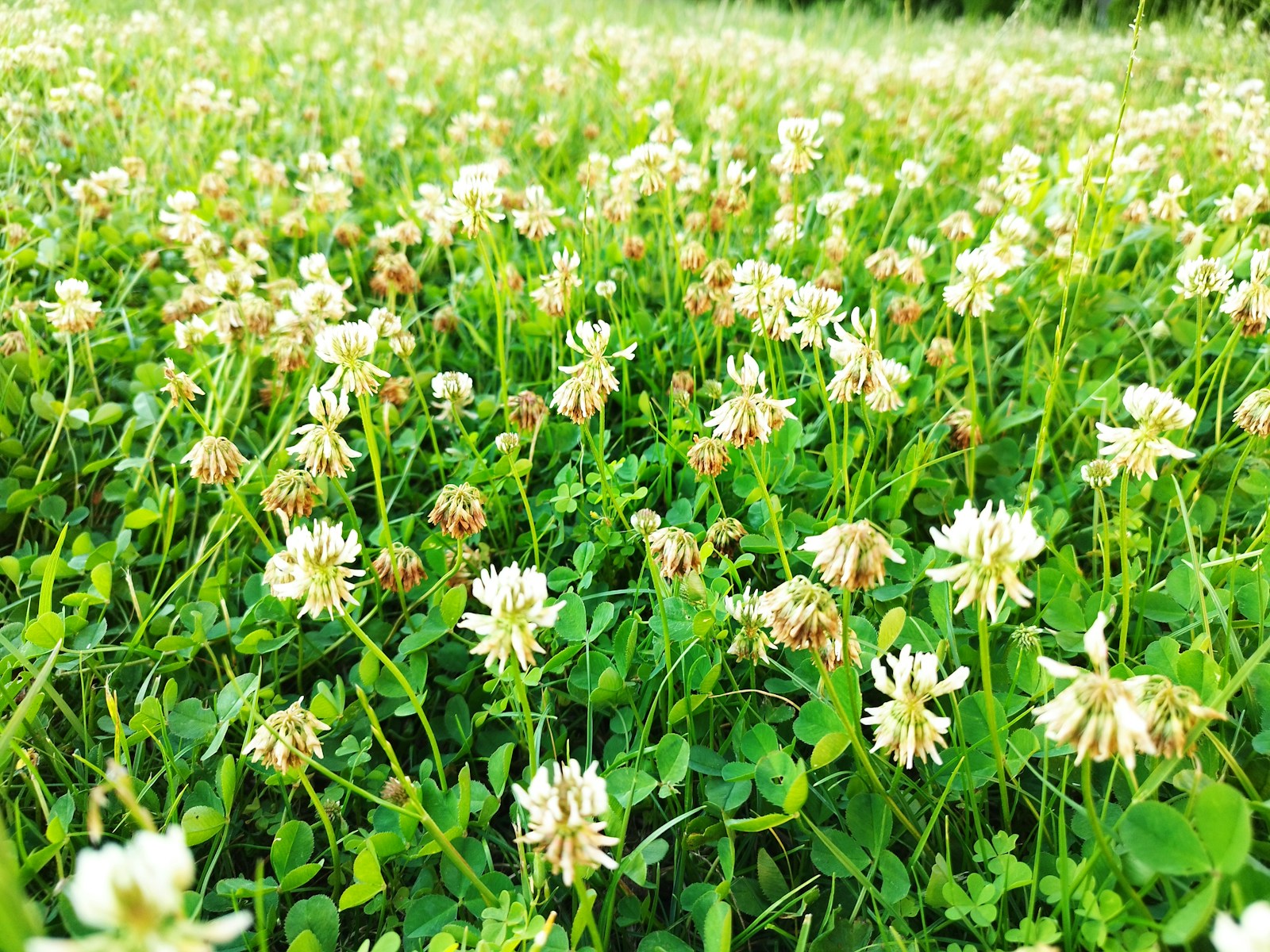Saline soil presents a unique set of challenges for gardeners and landscapers, especially in arid regions like the Western U.S. (Utah, Nevada, parts of California, and Arizona). With its high salt content and poor water retention, saline soil can make growing plants a daunting task. However, with the right strategies and plant selection, it’s possible to turn saline soil into a thriving garden or landscape. In this comprehensive guide, we’ll explore how to successfully grow plants in saline soil, from soil amendments to plant choices and maintenance practices.
What is Saline Soil?
Saline soil is defined by its high salt content, primarily in the form of sodium chloride, which can disrupt plant growth by interfering with water absorption. This type of soil is commonly found in arid and semi-arid climates, particularly in the Western U.S., where evaporation rates are high, leading to salt accumulation in the soil. While saline soil can present challenges, understanding its characteristics is the first step toward successful gardening.
Characteristics of Saline Soil:
- High salt content: Salts in the soil can draw moisture away from plant roots, leading to dehydration.
- Poor water retention: Despite being located in arid regions, saline soils often struggle to retain sufficient water, creating dry conditions.
- Alkaline pH: Saline soils tend to have higher pH levels, making them more alkaline, which affects nutrient availability for plants.
Why is Growing in Saline Soil Challenging?
Saline soil creates several problems for plant growth, most notably in the areas of water absorption and nutrient uptake. Here are some of the primary challenges you’ll encounter when growing in saline soil:
1. Water Stress
Salts in the soil reduce the plant’s ability to absorb water from the surrounding soil. This is known as osmotic stress, where plants essentially become dehydrated despite being surrounded by water. This can stunt growth, cause wilting, and eventually lead to plant death if not properly managed.
2. Nutrient Imbalance
The high salt concentration can interfere with the availability of essential nutrients, such as potassium, magnesium, and calcium, that plants need for healthy growth. In addition, the soil’s alkaline pH may make it difficult for some plants to absorb nutrients efficiently.
3. Soil Structure
Saline soil often has a dense structure, which can cause drainage problems. Poor water movement can lead to waterlogging in some areas, while other areas may remain excessively dry, making it challenging to maintain consistent moisture levels.
How to Amend and Improve Saline Soil
To successfully grow plants in saline soil, you’ll need to take proactive steps to amend the soil and improve its fertility. Here are some essential strategies to enhance the growing conditions:
1. Leaching the Soil
Leaching is the process of washing out the excess salts from the soil by flushing it with large amounts of water. This is especially effective after the rainy season or during cooler months when evaporation rates are lower. It’s crucial to ensure the soil has proper drainage to allow excess salts to escape.
2. Adding Organic Matter
Incorporating organic matter, such as compost, well-rotted manure, or peat moss, into saline soil can improve its structure, increase water retention, and enhance nutrient availability. Organic matter helps to break up compacted soil, making it more porous and easier for plant roots to grow.
3. Applying Gypsum
Gypsum (calcium sulfate) can help to displace sodium ions in saline soil and replace them with calcium ions. This improves soil structure and promotes better water infiltration. It’s an ideal amendment for areas with high sodium levels in the soil.
4. Mulching
A thick layer of organic mulch can help retain moisture, regulate soil temperature, and reduce evaporation. Mulch also adds organic matter to the soil over time, further improving its quality. Choose mulches that break down slowly, such as wood chips or straw, to provide long-term benefits.
5. pH Adjustment
If your saline soil is also alkaline, adjusting the pH may be necessary. Adding elemental sulfur or iron sulfate can help to lower the pH, making nutrients more available to plants.
Choosing Plants for Saline Soil
Not all plants are equally equipped to tolerate saline soil. However, several plant species are naturally more resilient to salt stress, making them ideal choices for gardens or landscapes in saline areas.
Salt-Tolerant Plants for Saline Soil
Here are some plant species that thrive in saline environments and are well-suited for regions like the Western U.S.:
Trees:
- Mesquite (Prosopis spp.): A drought-tolerant tree that can tolerate high salt concentrations.
- Saltbush (Atriplex spp.): Known for its ability to grow in saline soil, saltbush is a hardy shrub ideal for dry climates.
Shrubs and Groundcovers:
- Russian Sage (Perovskia atriplicifolia): A hardy shrub that thrives in poor, saline soils and dry conditions.
- Red Yucca (Hesperaloe parviflora): Known for its salt tolerance and ability to withstand arid climates.
Perennials:
- Lavender (Lavandula spp.): This fragrant herb can tolerate some salt, making it ideal for coastal and arid regions.
- Autumn Sage (Salvia greggii): A versatile perennial that can withstand saline conditions and blooms year-round.
Grasses:
- Buffalo Grass (Buchloe dactyloides): A drought-tolerant grass that can thrive in saline soil, making it an excellent choice for lawns in arid climates.
Native Plants for Sustainability
Native plants are often more suited to the local soil conditions, including saline soil, and require fewer inputs. Additionally, they support local wildlife and contribute to overall sustainability. Look for regional native plants known for their salt tolerance to enhance your garden’s ecological health.
Steps for Planting in Saline Soil
Planting in saline soil requires a bit more preparation than in regular soil, but following these steps will help ensure success:
- Test the Soil: Before planting, test your soil to determine its salt concentration and pH. This will help you choose the right amendments and plants for your situation.
- Amend the Soil: Based on the results of your soil test, incorporate amendments like organic matter, gypsum, and pH adjusters.
- Create Raised Beds: In areas with heavy salinity, raised beds can help improve drainage and soil quality.
- Water Wisely: Use drip irrigation to minimize water evaporation and avoid over-watering, which can exacerbate salt buildup. Regularly flush the soil with water to keep salts from accumulating.
- Monitor and Adjust: Keep an eye on your plants’ growth and adjust your care routine as needed. Regularly check for signs of salt stress, like wilting or yellowing leaves, and take corrective action when necessary.
Common Mistakes and Solutions
Even experienced gardeners can make mistakes when working with saline soil. Here are some common pitfalls and how to avoid them:
- Overwatering: Overwatering in saline soil can exacerbate salt buildup and create a waterlogged environment that suffocates plant roots. Solution: Water deeply but infrequently, and ensure proper drainage.
- Choosing the Wrong Plants: Not all plants are salt-tolerant, and planting those that are not suited for saline soil can lead to poor growth or plant death. Solution: Always choose salt-tolerant varieties, or consult local agricultural extensions for plant recommendations.
- Neglecting Soil Testing: Failing to test soil before planting can result in unexpected challenges. Solution: Always test your soil to determine its pH and salt levels before planting.
Final Thoughts
Growing plants in saline soil may seem daunting, but with the right approach, it’s entirely possible to create a thriving garden or landscape. By understanding the unique challenges of saline soil and implementing the right soil amendments and plant choices, you can turn even the saltiest soil into a fertile environment for your plants. Remember to start with a soil test, choose salt-tolerant plants, and be mindful of watering practices. With these strategies in hand, you’ll be well on your way to a successful garden in even the most challenging soil conditions.



